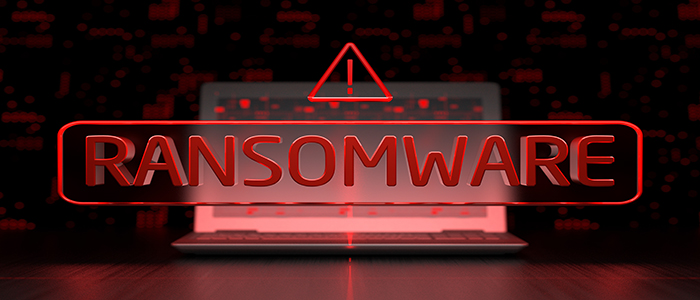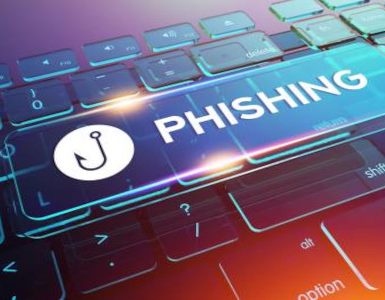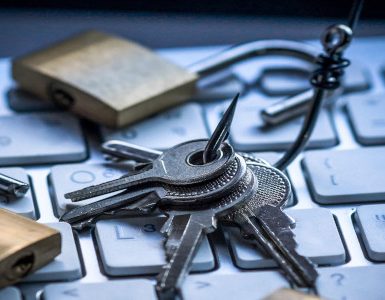If you had to make a list of some of the most concerning malware trends making their way across the Internet today, ransomware would undoubtedly be right at the top.
For those unfamiliar, ransomware is a particularly nasty form of malware that actually encrypts the files on a victim’s computer – essentially holding all of their personal data for ransom (hence the name). Only if you agree to pay the hackers whatever amount of money they demand will you get that data back – and even then, recovery is far from a guarantee.
According to one recent study, a massive seven out of every 10 malware payloads delivered in the last year were ransomware. Another study indicated that the average ransom being demanded per incident is constantly on the rise – growing from $4,300 in 2018 to more than $8,000 by 2020. All told, the global costs associated with ransomware are expected to hit an enormous $20 billion globally by as soon as the end of 2021 – an unfortunate trend that doesn’t seem to be slowing down, if it ever will.
Still, it’s important to understand that while ransomware is undoubtedly dangerous, it is not the “silver bullet” that many hackers think it is. It’s effective in part because people are unprepared for these types of events when they happen. Therefore, many of the best practices required to stay safe from a ransomware attack ultimately come down to learning as much about them as possible – all so that you can avoid them at all costs.
Fighting Off Ransomware: An Overview
By far, the most important best practice that you can use to help stay safe from ransomware – whether you’re a personal user or a business user – involves backing up your data as often as possible.
Remember that ransomware works by taking all of the files on a victim’s machine and essentially cutting off your access to them. The level of encryption deployed is often incredibly sophisticated – but it’s also not something you have to worry about if you have recent backups of impacted files to draw from.
Always keep backup copies of all important information on a computer, ideally in more than one location. One copy can exist on a local hard drive somewhere else on the network, while another should exist off-site in a third party location (as would be the case via cloud storage). That way, in the unfortunate event that you should fall victim to an attack, you can just restore from your backups with a minimal amount of data loss being experienced. If nothing else, you may lose a few hours worth of information – but you can still pick right back up and get going again from a secondary machine as if nothing happened at all.
Another major way to stay safe from a ransomware attack involves enabling multi-factor authentication – or at the very least, two-factor authentication – whenever possible. This adds a critical, additional layer of security as multiple forms of authentication beyond a simple password are required to log into any one of your accounts. So even if someone should guess your password, they would still need physical access to a secondary device like your cell phone – something they’re unlikely to have.
This dramatically reduces the chances that an attack will be successful – which may very well mean the difference between success and failure as far as hackers are concerned.
But more than anything, people need to know how to stay safe while on the Internet if they’re going to have the best chance at remaining protected moving forward. Ransomware doesn’t just download itself to your computer – it usually arrives there as a result of clicking on a link you really shouldn’t have, or downloading an attachment from an email where you weren’t 100% sure of the identity of the sender.
Therefore, the best way to stay safe from a ransomware attack also becomes the most straightforward: just pay attention to what you’re doing and use common sense whenever you can. The same theory is true of most malware, to be honest – the vast majority of successful attacks depend on social engineering to get you to install files that then hand over access to your machine to people with malicious intentions.
This is why it’s especially important for business owners to invest in cybersecurity awareness training for their employees. Nobody wants to bring a business’ network to its knees by falling victim to a ransomware attack – or any other type of attack, for that matter. People want to do their best and they want to stay safe – it’s just that many of them lack the resources necessary to do it on their own. Therefore, providing them with this education – and making sure they stay up-to-date on all of the latest threats – goes a long way towards guaranteeing precisely that.


















Add comment